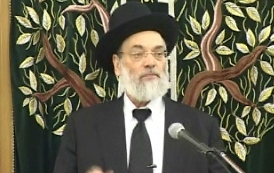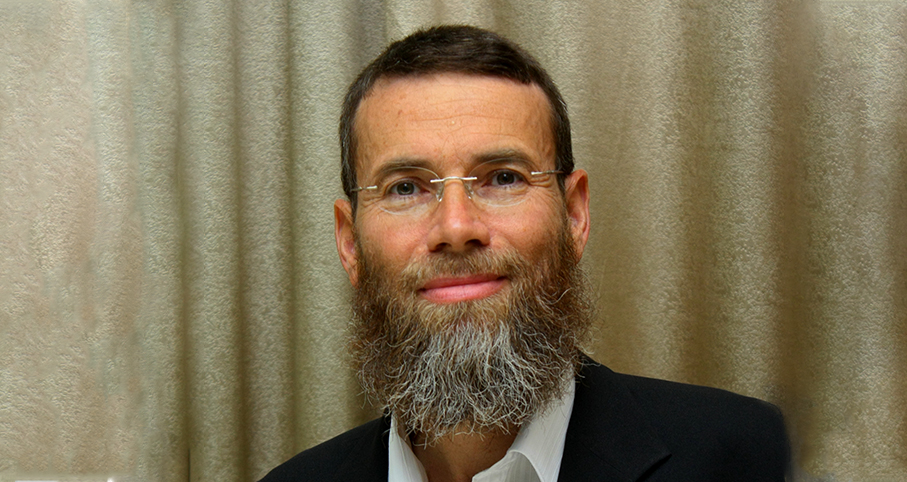Beit Midrash
- Sections
- Chemdat Yamim
- P'ninat Mishpat
Case: Reuven sued Shimon for 100 maneh – 50 for direct damage and 50 for expenses to protect property that survived. The opinions of the three dayanim varied. One dayan exempted Shimon. Two wanted to obligate 50 maneh – one because of the direct damage; one because of the expenses. Do we say the majority obligated 50, or do we say that, on each element, a majority exempts?
Ruling: The querying rabbi believes that there is no obligation to pay, based on the following source. The Rama (Choshen Mishpat 25:2) says that when two dayanim agree on a ruling but for different reasons, they are considered a majority. One can infer that when they disagree on the rulings regarding each claim, then even if they have the same bottom line due to the different claims, we cannot obligate payment.

P'ninat Mishpat (802)
Various Rabbis
381 - Counting to Four Generations
382 - A Split Majority
383 - When Is The Debtor Rich Enough to Pay?
Load More
Yet, we can still bring a proof to our thesis. The Rama’s source is the Maharik (40), who learned from Chulin 38a, which says that a majority of opinions says that a vegetable upon which blood sprayed during shechita is not fit to become tameh, even though the two opinions disagree regarding the ruling’s rationale. One can question the Maharik’s proof, as the discussion in the gemara (ibid.) is about Rabbinic-level tumah, where leniency is easier. Thus, regarding Torah laws, it is likely that holders of a "majority opinion" need to agree on the ruling’s reason, and this indeed seems to be the Rambam’s view (see Korban Pesach 5:2, with Kesef Mishneh; Temidin 8:19 with Lechem Mishneh; the Ra’avad disagrees).
It is strange that poskim do not quote the Rambam as arguing on the Maharik. How could the Rama rule as he did without a qualifying statement that not all consider it a majority regarding matters of Torah law? It is possible that the differing opinions of live people who rule the same on a matter count as two opinions. The Rambam and Ra’avad can be arguing when the opinions are taken from written sources (admittedly, the distinction should have been mentioned).
The Rama must have understood that the Rambam agrees that regarding monetary matters, the different opinions count because of the comparison to eidut meyuchedet (some questions of whether something is permitted or forbidden are like monetary matters; others are not). In this case, where the dayanim sit together in judgment on a monetary matter, their opinions can be combined. If they adjudicated on the two matters separately, each would have ended with an exemption. However, since, in this case, the two claims emanate from one situation, they can be adjudicated together, and Shimon should pay 50maneh.

P'ninat Mishpat: Unsuccessful Transfer of Yeshiva – part III
based on ruling 82138 of the Eretz Hemdah-Gazit Rabbinical Courts
Beit Din Eretz Hemda - Gazit | Nisan 5784

P'ninat Mishpat: Normalizing an Agreement that Becomes Absurd
based on ruling 83069 of the Eretz Hemdah-Gazit Rabbinical Courts
Beit Din Eretz Hemda - Gazit | Sivan 5785

P'ninat Mishpat: Unsuccessful Transfer of Yeshiva – part IV
based on ruling 82138 of the Eretz Hemdah-Gazit Rabbinical Courts
Beit Din Eretz Hemda - Gazit | Nisan 5784

























